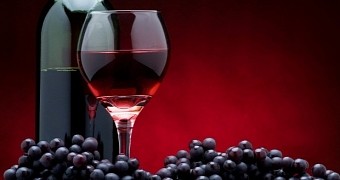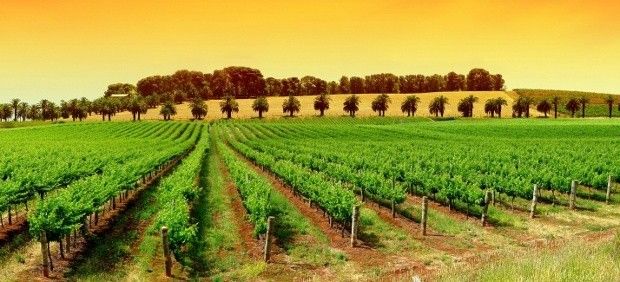In a recent investigation, a team of researchers at the University of Washington looked at the chemical profiles of 65 different red wines produced in the US.
Almost all the wines, made in California, Washington, New York and Oregon, were found to contain potentially dangerous concentrations of arsenic.
In a report in the Journal of Environmental Health, the University of Washington research team explains that arsenic levels exceeding what the US Environmental Protection Agency allows in drinking water were documented in all but one of the wines tested.
Thus, 64 of the red wines included in the study contained arsenic in concentrations ranging from 10 to 76 parts per billion, with an average of 24 parts per billion.
Presently, the US Environmental Protection Agency puts the safe level of arsenic allowed in drinking water at 10 parts per billion, the scientists detail.
The highest arsenic concentrations, i.e. an average of 28 parts per billion, were documented in the case of wines coming from vineyards in Washington.
Then, the lowest concentrations were documented in the wines from vineyards in Oregon. These wines averaged arsenic concentrations of 13 parts per billion.
The researchers suspect the reason wines made in Washington were found to contain the highest levels of arsenic was because of pesticide residue in local soils.
The specialists also tested the wines for lead and found traces of this compound in 58% of the samples they looked at. However, only 5% of the samples, all from New York, were found to contain lead in concentrations higher than allowed in drinking water.
There is no reason to worry, the scientists reassure
In their report in the Journal of Environmental Health, the University of Washington specialists behind this investigation explain that, although known to many simply as a poison, the fact of the matter is arsenic is a naturally occurring compound.
It's found in many minerals, and so, when these erode under the influence of rain or wind, it can easily seep into soils and groundwater. From there on, it's an easy journey up the food chain.
Therefore, finding trace amounts of this element in wines isn't really such a big surprise. “The whole idea that you would sue a winery for having arsenic in their wine is like suing someone for having rocks in their yard,” said researcher Denise Wilson.
In fact, previous studies have shown that arsenic is also present in milk, juice, cereal bars, rice, tuna, salmon, certain infant formulas and even bottled water.
The human body can deal with small concentrations of arsenic. It's only people who consume large amounts of foods and drinks all containing high levels of this compound who might risk being poisoned by this naturally occurring toxic element.
“If you are eating a lot of contaminated rice, organic brown rice syrup, seafood, wine, apple juice - all those heavy contributors to arsenic poisoning - you should be concerned, especially pregnant women, kids and the elderly,” explained Denise Wilson.
Otherwise put, a person can drink wine containing arsenic without developing any health trouble. Mix this wine with contaminated rice, apple juice or salmon, however, and the overall arsenic dose might exceed what is considered safe and translate into toxicity.
The chances for this to happen are rather slim, but the University of Washington specialists would still like people to try and pay closer attention to what they eat or drink.
“My goal is to get people away from asking the question ‘Who do we blame?’ and instead offer consumers a better understanding of what they’re ingesting and how they can minimize health risks that emerge from their diets,” said study leader Denise Wilson.

 14 DAY TRIAL //
14 DAY TRIAL // 

